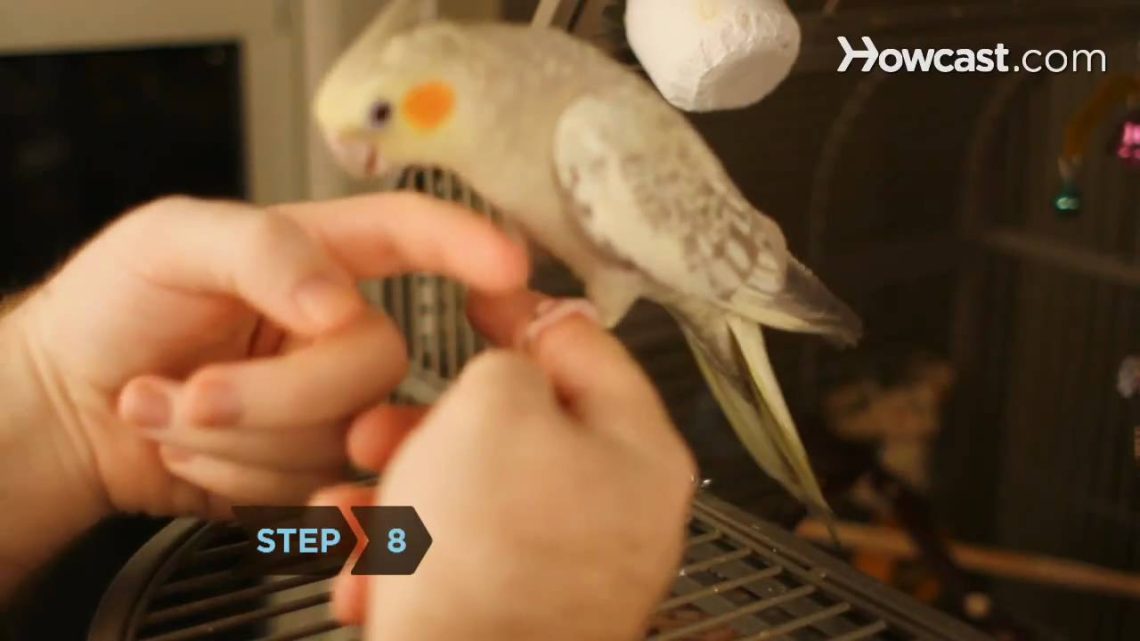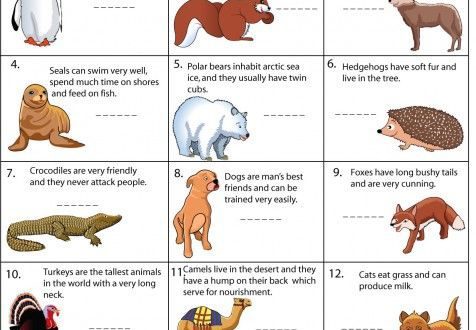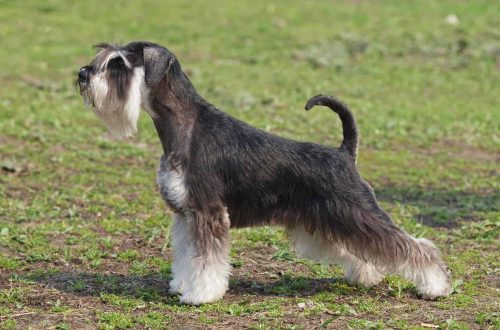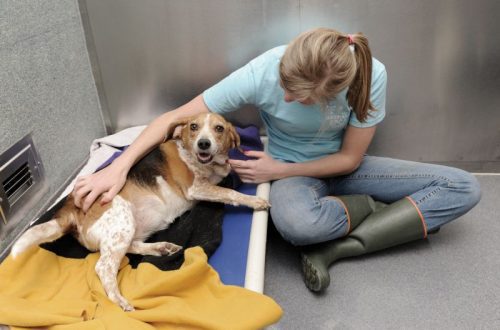
How to grow a cockatiel parrot friend at home
Very often, as a friend, we get ourselves a feathered pet, which will give many pleasant moments of communication. The Corella parrot is not very common among bird lovers, most of all preference is given to various types of budgerigars.
Corella is called “nymph” by European poultry farmers, in honor of the goddesses of Greece, charming and young creatures. A bird the size of a large pigeon, by nature very sociable and trustworthy. The cry of a bird is well perceived by the human ear and does not belong to unpleasant sounds. The plumage is gray, diluted with a bright yellow tuft in front of the head, cheeks are painted red or orange closer to the ears.
Birds are proud, showing character. Don’t tolerate neglect and love to be given more attention. Usually cockatiels consider one person to be the owner, preference is given to the female sex, whose voice seems more melodic to them. Pets excellent for training and learning, they can get along friendly with other species of birds without offending them. Life expectancy in good conditions reaches twenty years.
Corellas are very beautiful birds belonging to the cockatoo family. Them home is in Australia. Families of parrots settle in open areas, near water, nest in bushes and eucalyptus trees. Their total body length with a tail, which occupies approximately half, reaches 30 cm. The weight of an adult parrot is about 150 g. Males are darker grey. with an olive tint, infrequent blotches of dark blue or black are noted on the wings. The plumage of females can rather be attributed to light gray colors.
Initial information about cockatiels dates back to the middle of the XNUMXth centurywhen the first representatives of this species began to be brought to Europe. Due to the high cost of offspring produced in the new climate, only very wealthy people could buy and keep them in their homes. More often they were acquired by zoos for keeping and breeding.
Contents
Purchasing a pet
When deciding to buy a cockatiel, you should consider many content issues. Sometimes the owner may get sick or leave, in which case, someone has to look after and care for a pet. Is there enough space in your home to keep a bird, because pets may not like the neighborhood with a sociable parrot.
Before buying a Corella parrot, you should study the literature in order to know all the intricacies of pet care and purchase a cage and additional care equipment.
Bird selection:
- it is desirable to acquire a young pet, up to 20 days old;
- plumage should be dense and not stick out randomly to the sides;
- the parrot’s nostrils are clean and dry;
- the beak and paws do not contain growths where ticks settle;
- the bird has strong paws;
- in the presence of all fly and tail feathers;
- the fluff is thick and clean.
It is desirable that before selling the parrot was for some time in a cage with other birds, not necessarily of its own species. Such a pet will quickly get used to the new habitat, conditions of feeding and care.
To resolve the issue of the number of birds, you need to determine the time spent at home. If you are planning spend time with your pet often, you can buy one bird. With frequent absences, it is better to purchase a pair of cockatiels, a female and a male. So they will not be bored, and they will communicate. You need to buy from different parents to prevent inbreeding.
You need to buy a cockatiel parrot in places where the birds are kept clean and tidy. This applies to shops and breeding farms. If the birds are kept in mud and there is no hygiene, then such pets are prone to various diseases.
Transportation of a cockatiel parrot
Sellers offer special boxes for carrying the parrot. This method of transportation is relevant. It is worth getting a box, because sometimes you will need to show the cockatiel to the doctor, and for this you need to carry the bird a distance.
In extreme cases, you can carry the bird in a corrugated container of a suitable size. This is not a good way, as it is difficult to let the parrot out of the cage. It is not recommended to transfer only a purchased pet in a new cage, it will be frightened of the surrounding space when carried and can damage the plumage.
How to keep and care for a cockatiel
Every owner who has bought a pet wants to admire its beauty as soon as possible. But in the case of a parrot, you should not rush to transplant it into a cage. It is better to purchase and place it in an aviary or cage in the morning, so that under light illumination the pet can study the situation and get used to the current home. If the transplant took place in the evening, then artificial lighting should be used to extend the dating time.
It is better for the parrot to move into a cage or aviary on its own, of its own accord. To do this, the open exit of the shipping box is placed opposite the cage door and waited for a certain time. Clapping, making noise and driving the bird out of the box is not allowed.
The cell must meet certain requirements:
- be spacious enough for the pet to spread its wings in it;
- you can put the parrot’s dwelling at blind windows, where there are no drafts that are detrimental to the bird;
- there should be one closed wall behind the cage so that the pet feels protected, or cover one side with thick cardboard or other material;
- put a feeder, a drinking bowl, a bath for bathing in a cage, place toys.
The material for the cage can be wood or plastic, the main thing is that the rods cannot be straightened with a beak. Parrots are active bird representatives, so a large number of perches, swings, ropes and branches will be a joy to them.
For Corella parrots, the length of daylight hours, which should be approximately 12 hours, matters. If this condition is not met in autumn and winter, then it is necessary to place ultraviolet lamps near the cage.
Flight in room conditions
To maintain the physical health of the pet, it is necessary to allow him to fly outside the cage for about two hours a day. Permanent sitting in even the most spacious cage will not replace a bird of free flight. Birds that are unable to fly are usually obese, as a result of which the metabolism is disturbed and the pet begins to get sick and lose feathers.
Before the first flight, it is recommended to trim the wing plumage a little so that the cockatiel does not fly into an accidentally open window. Do it better with a specialist. Window panes are curtained, as many birds, seeing the glass, can take it for a passage and injure themselves at high speed, hitting it.
The time of the first flight should be postponed for a certain period until the pet gets used to the surrounding people and begins to trust them. Sometimes this is quite a long time, the addiction period can stretch for weeks.
Corells usually return to the cage willingly, as they understand that the food is there. Sometimes the pet does not want to go back into the cage. It is impossible to frighten and catch him by force, you should wait for darkness and in such conditions calmly take him with your hand and place him in a cage. The hand is pre-protected with a glove or cloth.
It is advisable to equip special places for sitting in a room, for example, place decorative branches on opposite sides of the room, under the ceiling. Under them, place removable covers that will prevent contamination of the floor with bird droppings.
It is not desirable in the room to have narrow gaps between cabinets and other items. It is also better to remove large vessels with water, the parrot can slip into them and die, unable to get out. It is advisable to remove all wires in special boxes, cockatiels are very fond of biting protruding electrical wiring and can get an electric shock.
Having released the bird from the cage to fly in free space, it should be remembered that the pet may be in a completely wrong place. For example, parrots sometimes explore poly while sitting in a chair. A favorite place for them may be the top of an open door leaf. In order not to inadvertently injure the bird, you need to be careful. You should think about the fact that some indoor flowers can be poisonous to parrots, which they like to nibble.
Corell nutrition includes:
- grain crops (millet, oats, corn, sunflower seeds and weeds);
- top dressing with cottage cheese, milk, boiled buckwheat, rice, crumbled eggs and diluted brewer’s yeast;
- green branches of birch, willow, plantain and dandelion;
- fresh fruits and vegetables.
The diet of a bird for full development should be varied, include a little of all the above products and top dressing. Give per day about 40 g of cereals. Place the cleaned sand, egg shells, chalk and bone meal into the cage.
You can not feed the parrot with fried foods, give semi-finished products, dill.
Cleaning
Daily change the food and water in the drinker, be sure to thoroughly wash and dry these items. They clean the cage, removing all dirt from the floor and the remnants of food that the pet did not eat. In the morning, cereals are poured into the feeder, and at lunchtime, the husks are removed from the surface of the coma so that the bird can get whole seeds.
Twice a week they clean the cage, wash the bath for bathing, replace the water. All perches and perches are cleaned of litter and washed, wiped dry. Sandy bedding is changed on the floor, toys are washed and dried.
Once a year, feeders, drinkers, perches and a bath for bathing are subject to replacement.
Parrots communicate very actively with their owner, they are smart birds and the neighborhood with them will bring a lot of joy and pleasant moments.





